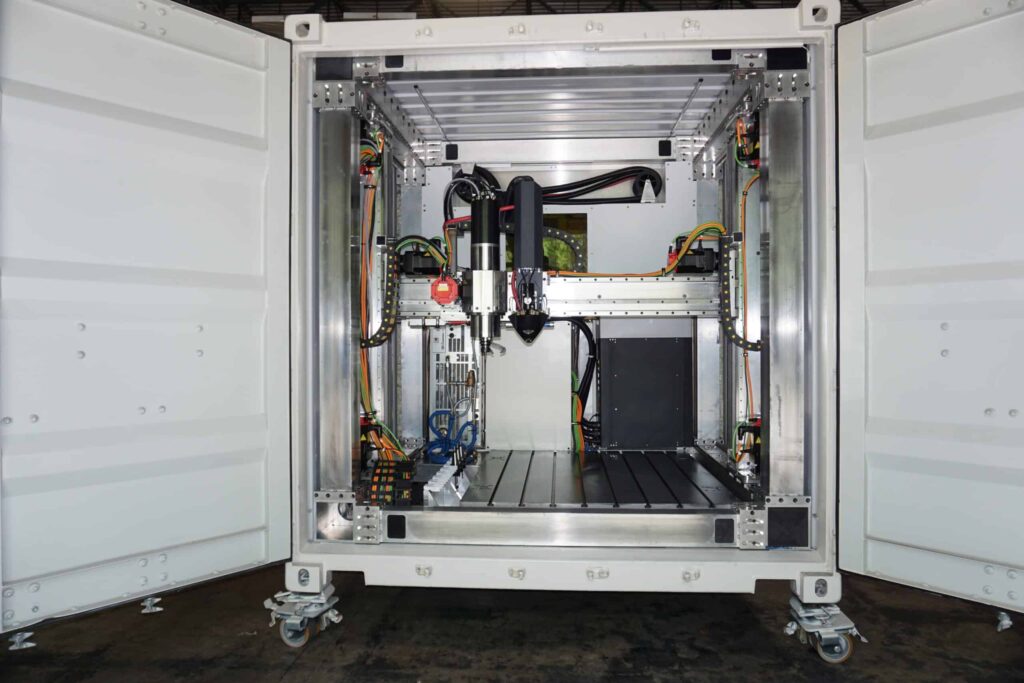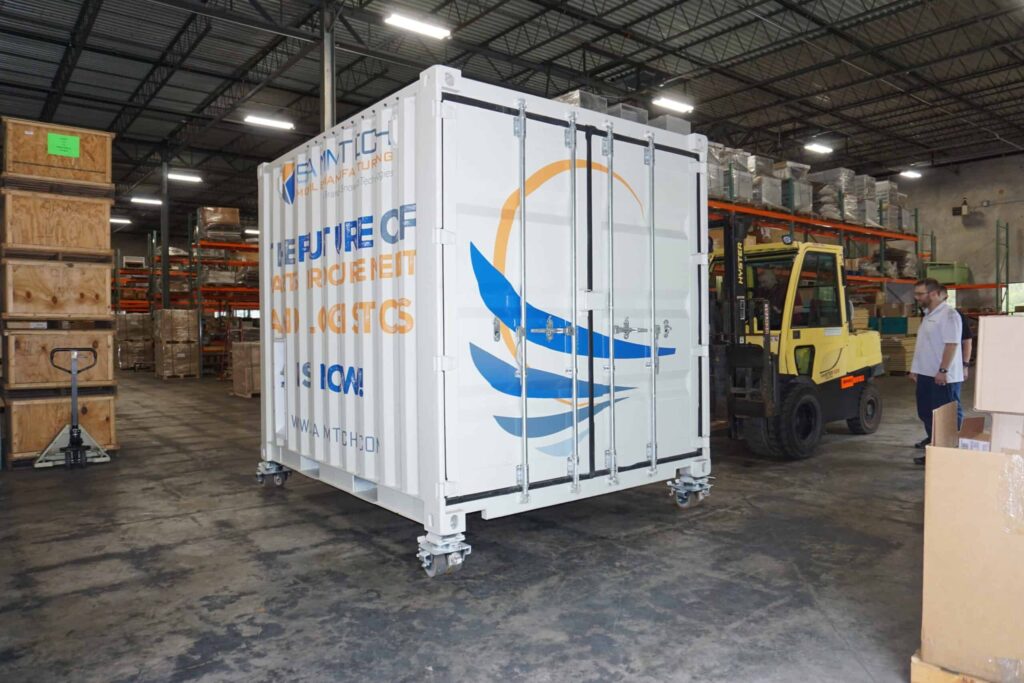Snowbird Technologies has received a Small Business Innovation Research (SBIR) grant from the United States Special Operations Command (SOCOM) for the Ruggedized Additive Mobile Manufacturing Unit (RAMMU). This research project aims to make 3D printing suitable for use in forward-deployed areas by the U.S. military. It is also a rare public acknowledgment of 3D printing being utilized by the special operations community. Given their unique missions and urgent needs, special operations forces require a wide array of custom gear. 3D printing, which has been extensively used for years to create specialized equipment and perform repairs in unique situations, is a perfect fit for these requirements. Now, the United States SOCOM appears intent on formalizing the use of 3D printing for more extensive and standardized applications within their ranks.
The RAMMU is designed to manufacture parts for U.S. and other weapons, as well as unique weapons. Additionally, it should be capable of producing components for vehicles, other maintenance, repair, and operations (MRO) needs, and, quite surprisingly, dental parts. The SBIR grant is intended to explore how a single unit capable of producing both metal and polymer components can be utilized in austere environments. Currently, the project is at the Phase I stage and will build upon the SAMM, a previous directed energy deposition (DED) unit housed in a small ISO shipping container. DED is an inexpensive technology that often uses wire, which is both cheaper and less likely to explode. While DED can’t be used for every part, it is suitable for manufacturing large components. It remains unclear whether the company will once again turn to DED for producing these components.
If they could combine a DED machine with a milling unit, they could produce a wide variety of parts, significantly expanding their practical applications. DED would be easier to implement in a forward-deployed area compared to powder bed technology. However, producing gun parts would be more challenging, as these typically require finer precision and higher accuracy. While it would be feasible to quickly create makeshift solutions, such as an improved gun port for a technical vehicle or an extra fuel tank, producing something more precise, like a new suppressor, might not be as successful.
The REP project in Afghanistan demonstrated the effectiveness of a field-ready lab, successfully producing components like new bipods for weapons and cases for mounting IED detectors. This “austere fablab” model, with a variety of tools like laser cutters and lathes, seems more versatile and practical than relying on a single, all-in-one machine. While a multi-toolhead machine capable of milling, metal printing, and polymer printing could theoretically work by reusing motion control and switching between DED and extrusion, it would also introduce significant complexity. The need for toolhead switching components would reduce the build area and take up valuable space, making the machine less efficient. Additionally, since 3D printers are prone to breakdowns, having multiple systems for redundancy might be a more reliable approach.
Given the ongoing efforts with SPEE3D on containerized solutions, the use of Titomic machines, and collaborations with Lincoln Electric and the Navy’s work with MELTIO, there are indeed several ruggedized metal printing alternatives being explored. These options might offer more practical and robust solutions for field deployment than a single, highly integrated machine.
Will Snowbird be the one DED solution to rule them all? It’s more probable that the U.S. government aims to foster a DED ecosystem capable of providing a range of cost-effective tools. The opportunity for Maintenance, Repair, and Operations (MRO) within the U.S. military is enormous, representing one of the largest growth areas in 3D printing. This grant marks a significant step for Snowbird towards enabling austere production for the U.S. military, but many more developments are likely to follow in the coming years as the ecosystem continues to evolve.




































